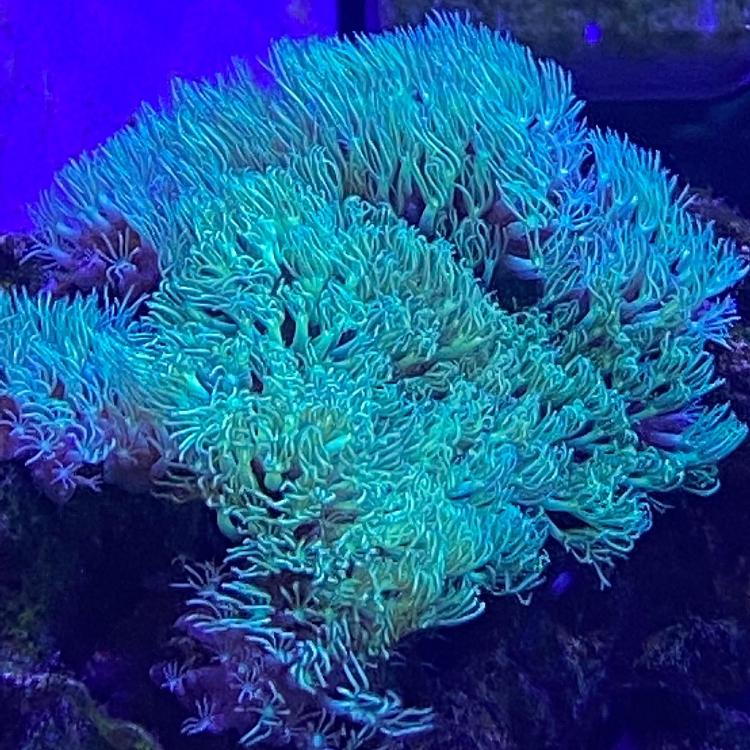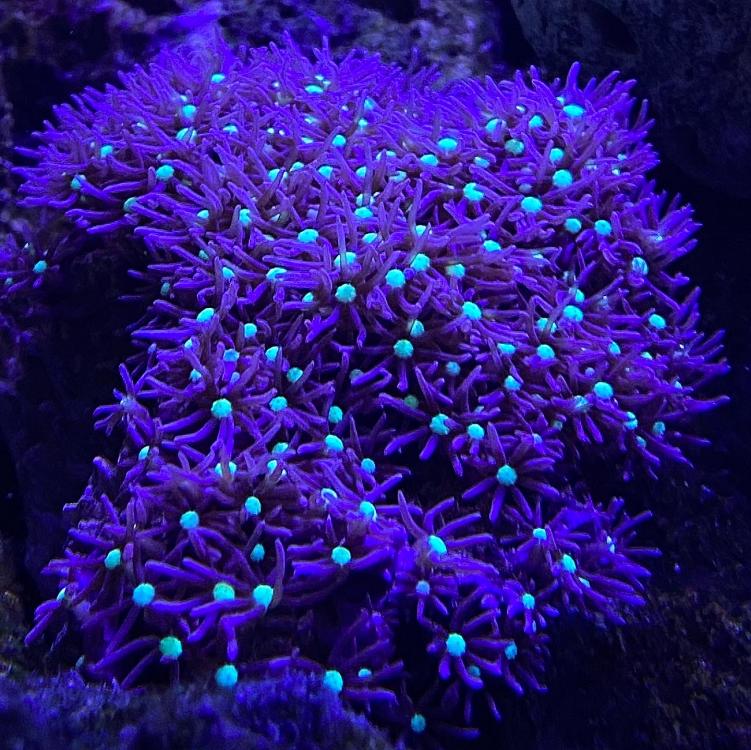Leaderboard
Popular Content
Showing content with the highest reputation on 05/03/2020 in all areas
-
Objective 2: Stability. I plan on using a combination of known tools and techniques along with the latest technology to ensure that the parameters are super stable (or at least ensure that change happens in a controlled and purposeful manner based on real data). The aim here is to use 'old school' reefing techniques to get the water parameters close to where the tank needs them to be (each tank is different). However, to ensure exact stability I plan to use automated testing and control systems to control dosing. These will come in the form of the new GHL ION Director (still on order... with Covid19 impact I suspect August delivery) and the GHL KH director. So how will these be used exactly? Well, let's look at the case of keeping Calcium stable as an example. Imagine there is a need to keep calcium at say 440. The idea is to use a Calcium Reactor to cover the base need and get into the 410+ range. The good news is that Calcium reactors are actually Alkalinity and trace element Reactors too, they are also sudo 'set it and forget it' kind of tools, hence fairly low maintenance.. They look complex but are actually reasonably simple. Pegging the calcium reactor to a specific PH will dissolve the media at a set rate. Changing how much of the effluent enters the tank will allow me to control the level of Alkalinity and Calcium. Additionally i plan on adding Kalkwasser. Line water has been used for years to increase the levels of calcium, but there are often issues attached to how this is implemented or overused. Anyways I will again use my doser to control. The idea is to use it sparingly to boost the calcium and bring this up to say c.435. Kalkwasser will also increase the PH to offset the CR effluent which is rather acidic. Finally, and this is where the latest technology comes into play, I intend to implement an automated testing system that measures Calcium throughout the day (the GHL ION director can test calcium 24 times a day without the need for reagents). This ION director will be linked to my dosing pumps to contol the level of calcium that is then dosed via traditional balling supplements. In allowing the system to just control a small amount of dosing I can ensure that no catastrophic overdosing or underdosing will occur. But the tank should see a vary stable level of calcium. The idea is that if demand increases the doser will automatically adjust upwards its dosing amount (if I see this need continue as a trend in the long term I can just dial up the flow rate on the CR to set a new base level). If demand decreases then the doser will reduce the amount of calcium dosed (similarly if this is a longer term need - maybe I removed a coral - then we can simply dial back the flow rate on the CR). Stability is key. Similarly Alkalinity will not only be delivered via the calcium reactor but the final level of control will be via the GHL KH director which will be in charge of the most important task of keeping ALK in check. It will test Alkalinity about three times a day and make minor alk dosing adjustments accordingly. ...It will be interesting to see if this works! Haha Sent from Singapore Reef Club mobile app3 points
-
2 points
-
Hi. Welcome to my little box of water build thread. Over the next few posts I am going to go into some detail about my system setup and the choices I made. I hope you find it useful, not just to see what goes into a reef tank, but also the reasoning behind why I selected what I did. So first off some background, I have been reefing for 8+ years and I am just about to 'start' my fourth tank. It is a 510L system (sump, tank and connected mini 40L frag-tank). The main display is 42 inches (107cm) by 30 inches (76cm) and is 20 inches (50cm) high. It isn't a massive display tank, but with a good height and depth I hope to do something interesting with. The aim is an SPS dominated system with a semi-minimalist rockscape creating some negative space for the fish the actively swim in and to provide some room for a few clams and LPS islands. So, when I say i am about to 'start' that isn't technically correct as the tank is actually already setup and has been 'cycling' for nearly 10 weeks now (The aim is to follow WWC's 16 week initial cycle). I hope to bring everything I learnt from my previous success and failures in the hobby. What is so awesome about keeping a little bit of the ocean within our homes or offices is that the hobby is always moving forward always changing. As technology and knowledge improve it is getting easier to succeed, so with my new setup I see it as a great opportunity to use the latest tools and techniques. I also see this tank as a testbed for some ideas I have around automation. My idea of a low maintenance tank is one that uses te technology to run itself. What I have learnt in the hobby is that you need to make good decisions on your tank. They ultimately save you money. Yes, there are normal constraints like budget or size or even knowhow, but I managed to scrape together some interesting tools and it didn't cost the earth either. Luckily knowledge is something that is free. So I decided to write out a set of objectives for the tank and plan accordingly. Tank Objective: To design a tank that is easy to maintain and uses various systems and tools to run itself with minimal intervention (as I am not always around to look after it). To improve my chances of success it should be a controllable, stable, pest free, ultra low nutrient tank. The tank should be stocked with attractive corals and interesting utilitarian fish and invertebrates. In the next post I will go into some detail about how I planned to achieve this... Sent from Singapore Reef Club mobile app1 point
-
1 point
-
1 point
-
Two return pumps for redundancy, one Skimz QP4.0 as the primary, and the other, a Skimz QP2.0 for the chiller. Both controllable DC pumps, so it's easy to regulate the flow rate. I would have liked to install a redundant chiller as well. However, space constraints prevented me from doing so. As corals and other marine life are particularly sensitive to large temperature swings, I manage this aspect my controlling the ambient temperature, especially when I'm away travelling for more than a day. I've installed a wi-fi enabled cloud controller for the Daikin air-conditioning system in my living room. This allows me to control and pre-program the temperature setting and timing of the Aircon operation from anywhere in the world. The redundant features, along with a cloud cam, have given me peace of mind when away from home.1 point
-
1 point
-
That's a very good idea to pull the acrylic+mesh out from the front.1 point
-
1 point
-
1 point
-
Secondly, when I think about control, I want to be able to control the parameters as much as possible. [ ] Temperature is controlled via a chiller and some fans [ ] Salinity is controlled via an ATO nothing radical there. Standard stuff, but what about the other elements? Well this is where you can have fun... [ ] For PH I plan on using differing air sources to keep PH both high and stable. A simple Recirculating CO2 scrubbing system and carbon filtered air tube from from outside will be controlled to maintain PH. The idea is that the scrubbed air will increase the PH and a tap or even solinoid will be activated after when the PH gets too high (the irony typically people want a high PH!) As such PH will be more stable. [ ] For nutrients (and PH) I plan on using different length photoperiods to manage nutrient reduction via an ATS and Refugium (yep both! Haha); Reverse photosynthesis will also be used to keep the PH stable. The control will not only come from controlling growth rates (dragons breath grows much slower then chaeto), but also from measuring the amount of a particular macroalgea is needed. [ ] For Alkalinity and Calcium it will involve implementing the likes of a Calcium Reactor with an adjustable continuous dosing pump to vary the flow of effluent, and thus, control the level of calcium and alkalinity entering the tank. Again nothing too new. However, this will be supplemented with the latest automated testing equipment which will automatically control a secondary dosing amount. [ ] For Phosphates I plan on using a reactor with GFO (along with an initial Lathium Choloride dose). As standard GFO can strip ALL the phosphates out of the system I am going to use a special product from Fauna Marin that keeps the level of phosphate stable at 0.04 irrespective of how much you put it (beyond a minimum amount). Basicslly a 'pace it and forget it' approach. Well not quiet but is certainly still low maintenance. [ ] I also will implement the KZ Zeovit system to control nutrients via the zeolite rocks which strip ammonia A SKIMZ automated zeovit reactor (keeping it local - great product btw) will wash the mulm at regular times in the day. KZ products (yep those little blue bottles) will add nutrients back into the tank in a controlled manner. It will be interesting to see how I can incorporate the successful zeovit system into my overall setup, as typically with zeovit you don't run a refugium, carbon or a UV and I plan on all three) That said the more I have read I have seen many systems using a hybrid approach with zeovit at its core and still still massive success so I intend to emulate those. So, once you some tools available to you as a reefer then the next thing to think about is how to use them in concert to gain Stablility. I will cover that next... Until then Happy Reefing! Sent from Singapore Reef Club mobile app1 point
-
Part II They say that knowledge is key, so I hope you indulge me as I go into a little more detail surrounding my objective of having a controllable, stable, pest free, ultra low nutrient tank. Objective 1: Controllable: There are several different use cases that spring to mind when I think about what I mean by having a 'controllable tank'. Firstly there is the technical ability to control equipment on my tank. Whilst there are many ways to achieve this at a basic level with the use of timers or even smart plugs. For the automation I had in mind this will involve implementing an aquarium controller to run: [ ] various safety measures (e.g. switching off the skimmer if the water level is too high in the sump, or switching off the return pumps if the water level gets too low) [ ] Programming a few sub-routines relating to the equipment (Creating 'maintenance' sub-routines to switch off various pieces of gear as and when I need OR 'feeding modes' that switch off the skimmer and wavemakers for a set time when I want to feed the corals. [ ] Introducing Automated Water Change functionality. [ ] Using flow meters to control water flow into the tank and key elements such as UV systems. Basically being able to switch gear on/off at the press of a button or based on some reading from sensors or probes. Sent from Singapore Reef Club mobile app1 point
-
1 point
-
Yellow tang cleaning the frags during labour day[emoji23] OT salary pay with some mysis[emoji13] Sent from my iPhone using Tapatalk1 point
-
Quick iphone pics from today Side view Following up on the Apex temperature probe. This is what the final implementation looks like. 3D printed tube mount (left side for sump level float switch). Right side to hold the Apex temperature probe. Using the dremel to cut & later grind off the plastic pipe to ensure a perpendicular cut Installed in sump It works This resolves the issue where temperature probe is out of water when excessive water is removed (eg. water removed when fragging or acclimatizing fish). And yet ensures the tip part is not under water when the return pump is off.1 point
-
1 point
-
1 point
-
1 point

.thumb.jpg.57c2e34da3fe90fcdb8e11c6a93f46a9.jpg)
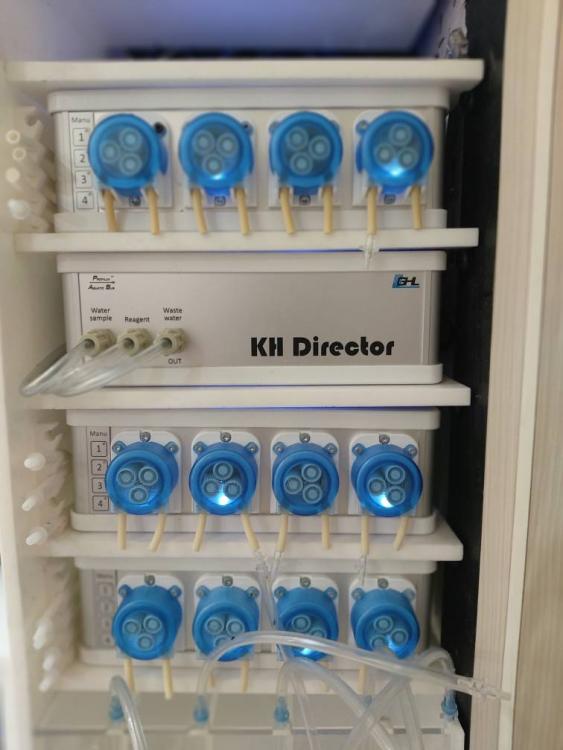
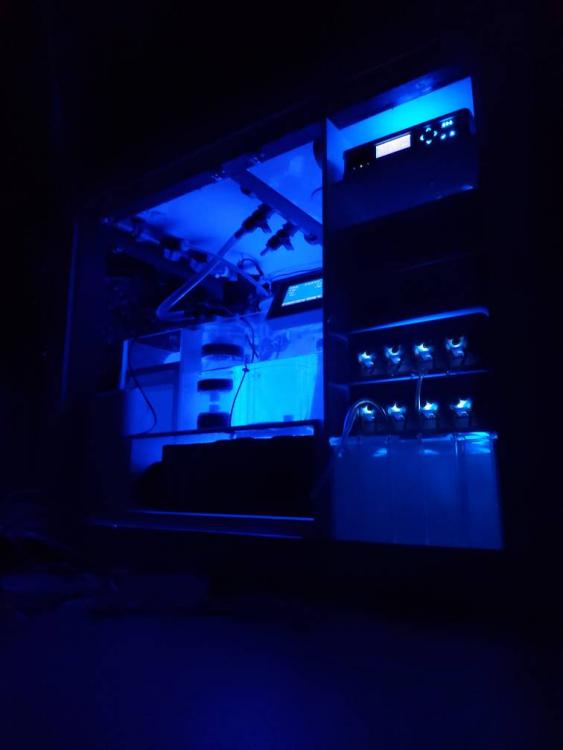
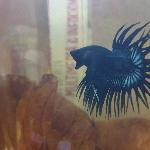
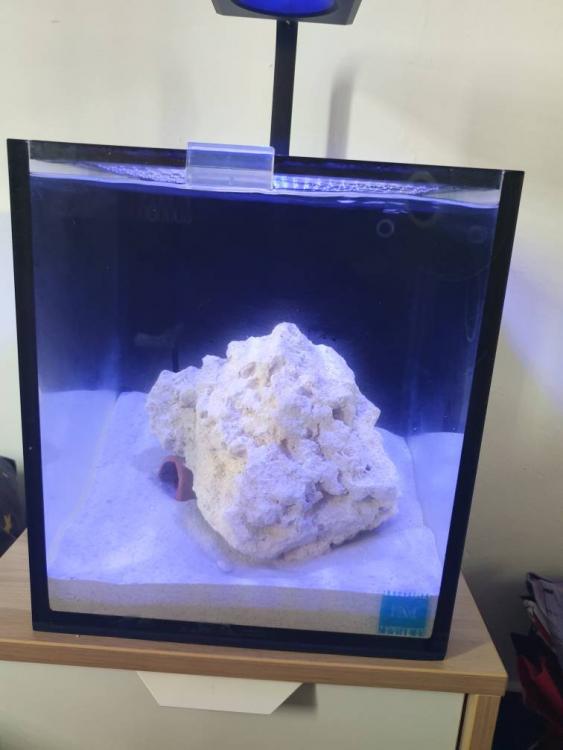

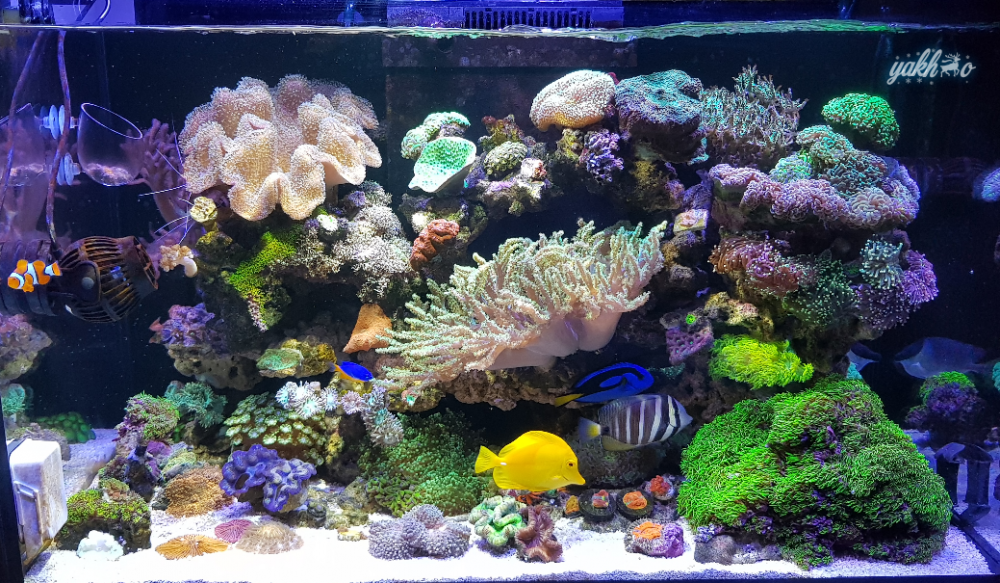
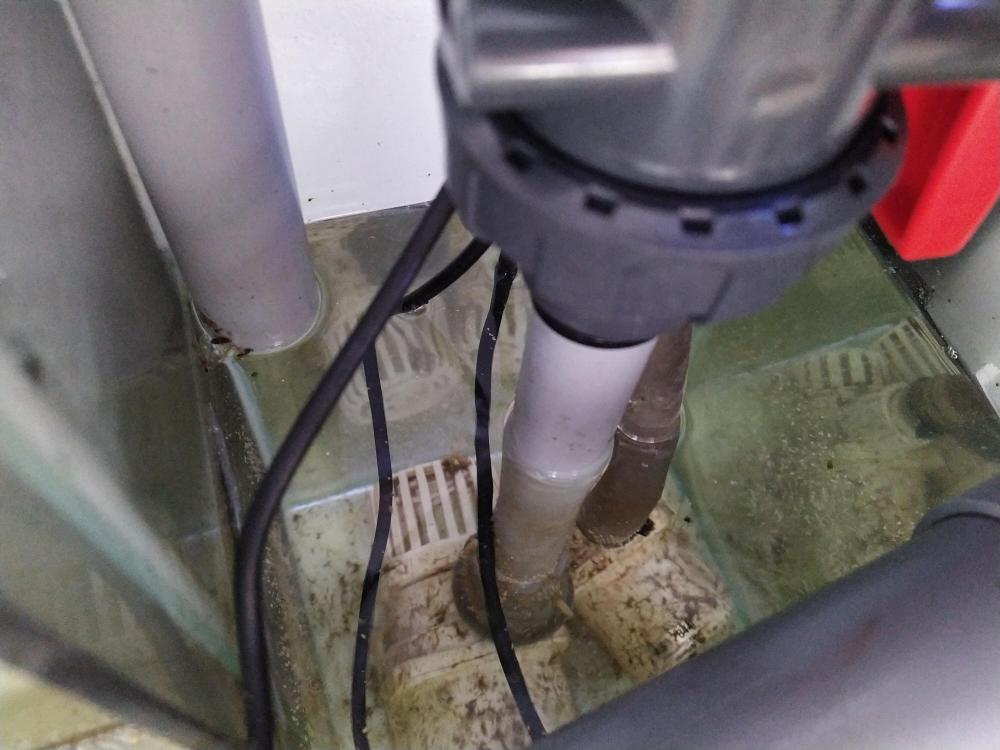
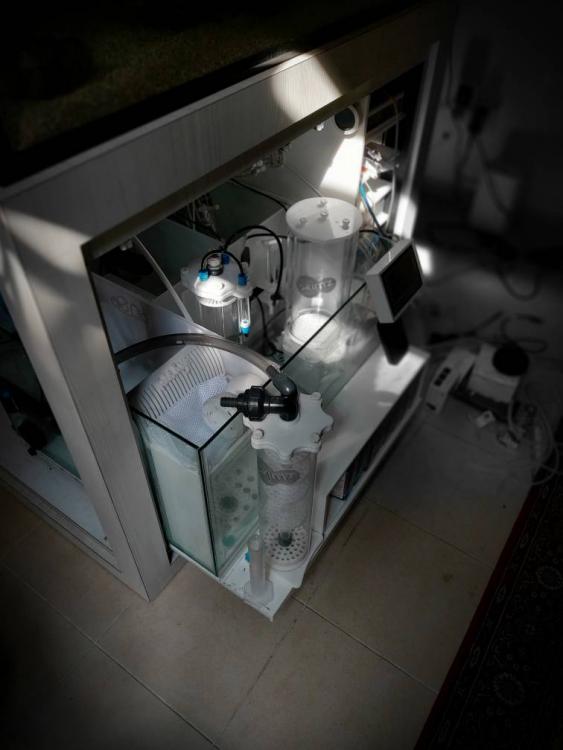
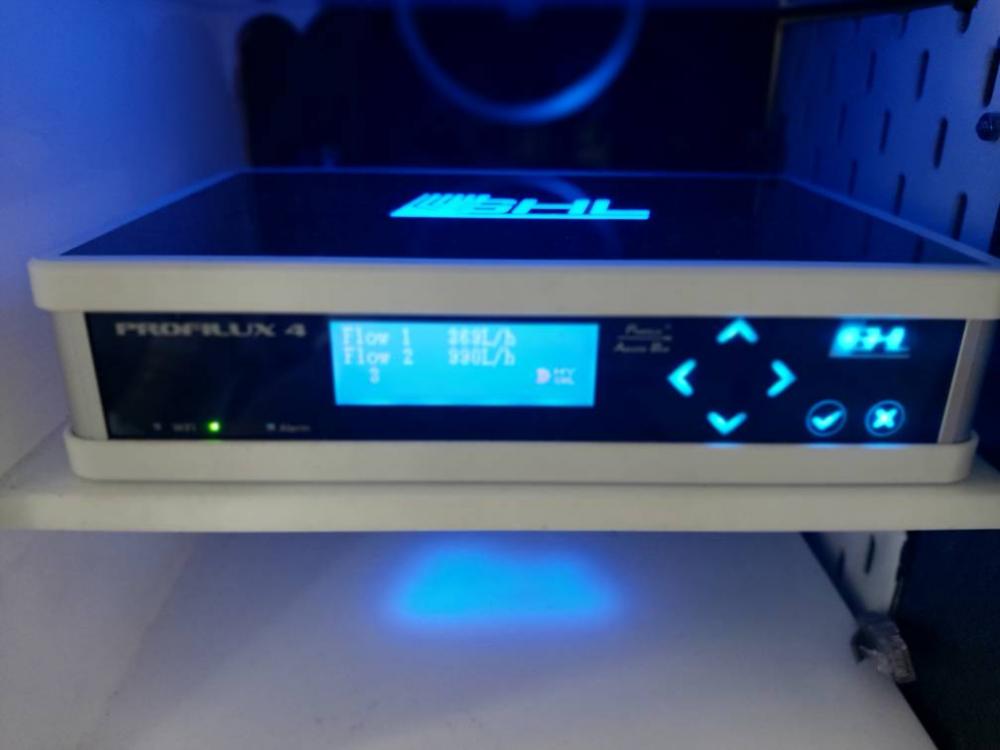
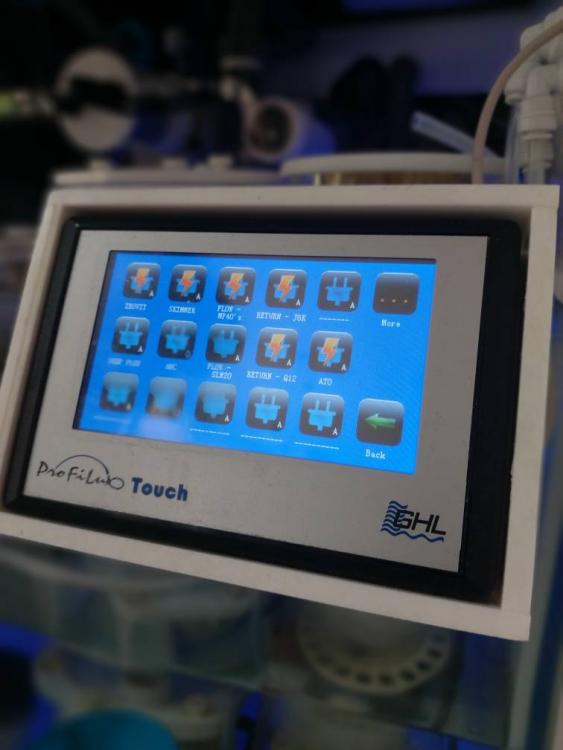
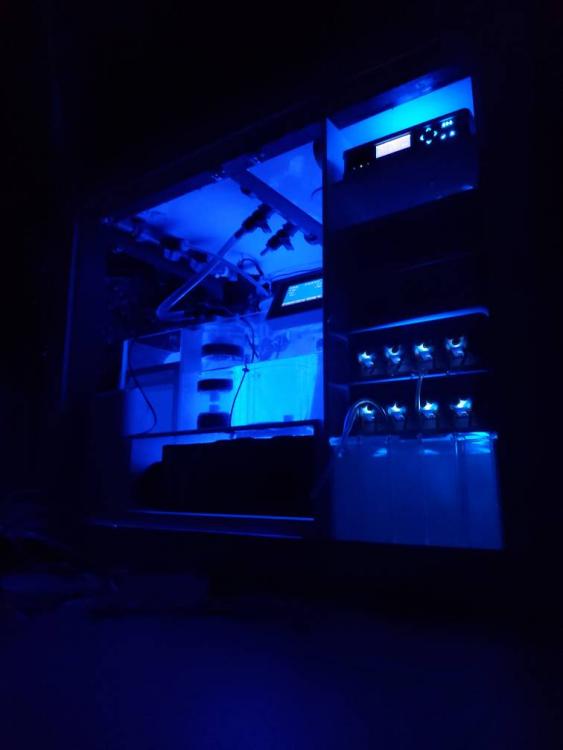
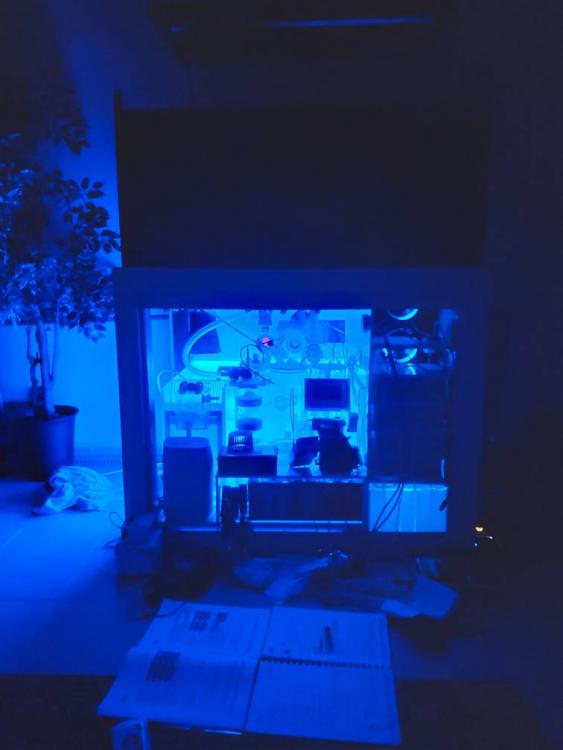
.thumb.jpg.d9b7102de1dd6211310eb76ba4384284.jpg)
.thumb.jpg.165afa12692f47f890977da26063adf7.jpg)
.thumb.jpg.c2f2d91f2ce75b0c8aa403d0eaab6bc8.jpg)
.thumb.jpg.11204fbf3fa32144da6557eabf13de17.jpg)
.thumb.jpg.580389c17f27c36bb09199f47f2222c1.jpg)
.thumb.jpg.7362a7e8dfde32711b44aab45e6b157c.jpg)
